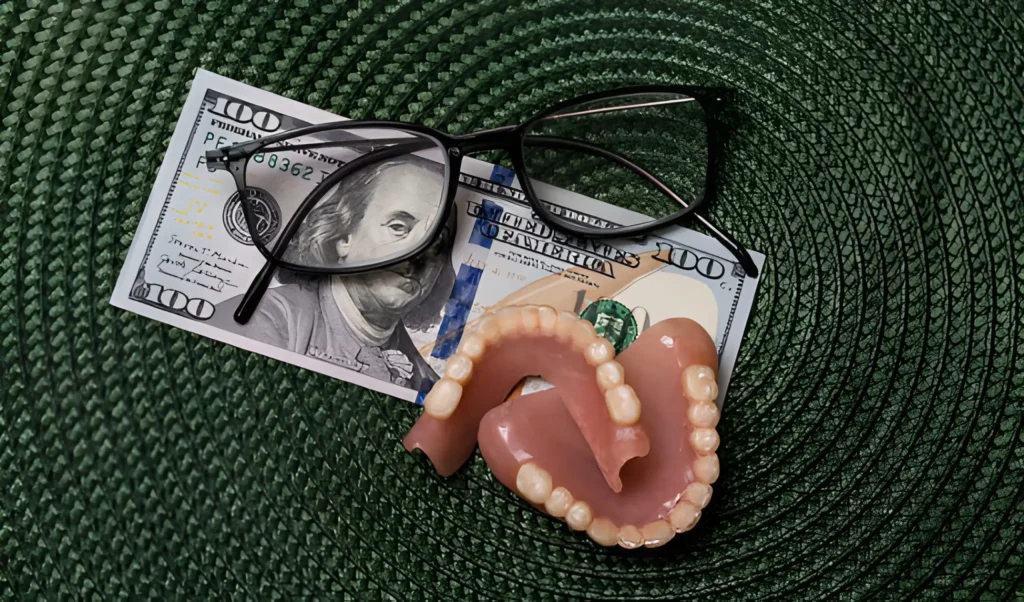Equipment purchases represent some of the biggest financial decisions a dental practice makes, and getting these choices wrong creates problems that compound over years. Investing in the right dental equipment for clinics means balancing upfront costs against long-term reliability, patient comfort, and clinical capabilities that keep your practice competitive. Data from the ADA Economics Research Center shows that equipment costs typically account for 15-20% of practice startup expenses and 3-5% of ongoing operational costs. A poorly chosen dental chair might save $5,000 initially but cost you three times that in repairs, lost productivity, and patient complaints over its lifespan. Modern dental equipment lasts 7-15 years depending on the category, which means today’s purchase decisions shape your practice environment for a long time.
Understanding Total Cost of Ownership Beyond Purchase Price
The sticker price is just the beginning when you’re buying major equipment. Factor in installation costs, which can run 10-15% of equipment price for items like chairs and imaging systems. Annual maintenance contracts typically cost 8-12% of purchase price but prevent the panic of unexpected repair bills. Energy consumption matters too—older compressors and suction systems use significantly more electricity than modern efficient models. Training time for staff on new equipment has a real cost in terms of productivity during the learning curve. I’ve seen practices buy the cheapest option only to realize their total five-year cost was higher than a quality unit would’ve been.
Digital Radiography Systems and Sensor Technology
If you’re still using film radiography, the switch to digital pays for itself within 18-24 months through eliminated film and processing costs. But sensor quality varies massively between manufacturers. Wired sensors are cheaper but the cables fail eventually and replacing them costs hundreds per sensor. Wireless sensors cost more upfront but eliminate cable problems and give you more positioning flexibility. Resolution matters—look for sensors with at least 20 line pairs per millimeter for diagnostic quality. Some practices make the mistake of buying cheaper sensors that produce grainy images, then end up replacing them within three years anyway.
Dental Chairs and Patient Positioning Capabilities
A good dental chair lasts 12-15 years and sees thousands of patients, so this isn’t where you want to cut corners. Hydraulic chairs are cheaper but pneumatic or electromechanical chairs provide smoother positioning and require less maintenance. The base design affects your working posture—chairs with thin bases let you get your legs under the patient for better ergonomics. Upholstery should be seamless or have minimal stitching because seams collect debris and tear over time. Memory positioning that saves preferences for different procedures sounds gimmicky but actually saves time when you’re seeing 20+ patients daily. Test chairs with different body types before buying because what’s comfortable for you might not work for your associate or hygienist.
Compressor and Suction System Sizing
Undersized compressors cause your handpieces to lose power during procedures and wear out faster from inconsistent air pressure. Calculate your CFM requirements based on actual simultaneous usage—if you have three operatories running at once, size your compressor for that reality. Oil-free compressors cost more but eliminate the risk of oil contamination in lines and reduce maintenance needs. Suction systems need enough capacity to handle high-volume evacuators running in multiple rooms without losing suction power. Wet ring systems are quieter than dry vacuum pumps and better at handling liquids, but they require water connections and regular maintenance.
Autoclave Capacity and Cycle Time
Match autoclave size to your instrument turnover rate. A practice doing 30+ procedures daily needs capacity to sterilize multiple cassettes simultaneously rather than running continuous small batches. Class B autoclaves with fractionated prevacuum cycles sterilize more reliably than Class N units, especially for hollow instruments and wrapped packs. Cycle time matters because a 30-minute cycle versus a 45-minute cycle affects how many sterilization runs you can complete during the day. Built-in printers that document each cycle help with compliance documentation. Older autoclaves without automatic door locks are safety risks—if someone opens the door mid-cycle, you’ve contaminated the load and wasted 20 minutes.
Intraoral Cameras and Patient Communication
Intraoral cameras help with case acceptance because patients understand problems better when they can see them. But camera quality ranges from barely adequate to impressively clear. Look for cameras with autofocus rather than fixed focus, and LED rather than fiber optic illumination for better color accuracy. Wireless cameras eliminate cable clutter and are easier to position, though they need charging between uses. The software interface matters—if images don’t integrate smoothly with your practice management system, staff won’t use the camera consistently. Some cameras include measuring tools or comparison features that help explain treatment needs to patients.
Handpiece Investment and Maintenance Considerations
Quality handpieces cost $1,500-$3,000 each but last significantly longer than $500 alternatives that feel like toys and break constantly. Fiber optic illumination is standard now and makes a real difference in visibility during procedures. Ceramic bearings run quieter and last longer than steel bearings, especially if your sterilization process isn’t perfectly gentle. Buy from manufacturers with good warranty support and local repair services—sending handpieces across the country for warranty work means they’re out of rotation for weeks. Most practices need 2-3 high-speed handpieces per doctor to maintain rotation during sterilization and have backup when one is out for repair.
Read more: Top 8 Instagram Services for Influencers & Creators – Spiritual Meaning Portal
Top 6 Twitch Promotion Platforms for Streamers – Spiritual Meaning Portal
What You Can Do If You Are Hurting for Cash – Spiritual Meaning Portal







